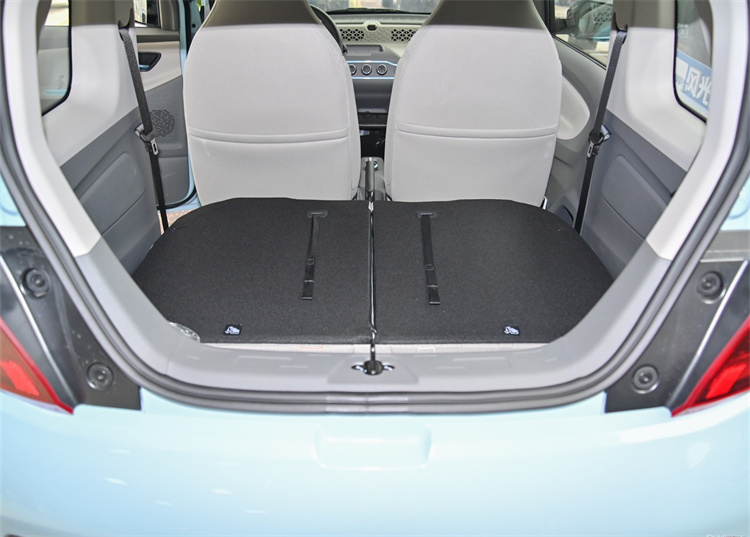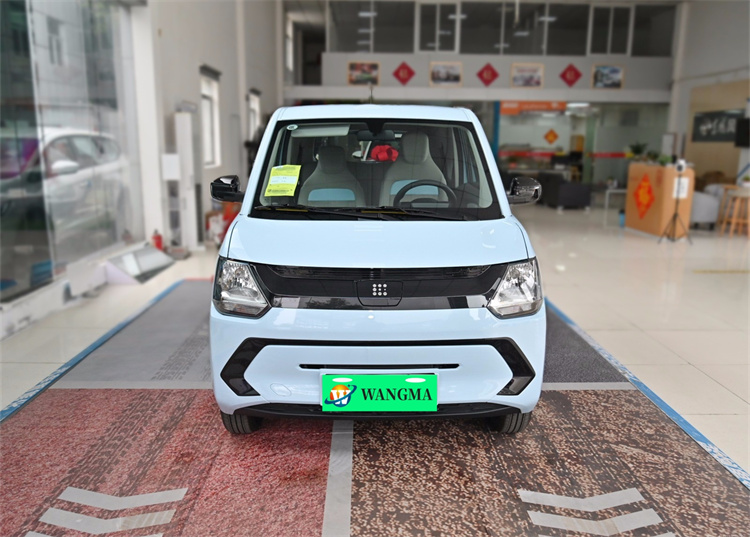
Jul . 21, 2025 22:01 Back to list
Affordable Cheap Cars & EVs: Budget-Friendly Deals
Industry Evolution: The Rise of Affordable EVs
The automotive industry is undergoing a seismic shift as electric vehicles transition from luxury items to mainstream transportation. The emergence of the cheap car segment, particularly compact electric models, is democratizing sustainable mobility. As battery costs decline by 89% over the past decade (BloombergNEF, 2022), manufacturers can now deliver EV options at unprecedented price points.
China's electric vehicle market has been instrumental in this transformation. With supportive government policies and massive manufacturing scale, Chinese automakers produce mini ev models that cost a fraction of traditional EVs. The DongFeng FengGuang MINIEV exemplifies this trend, offering urban commuters an affordable entry into the world of electric vehicles.
Globally, the new energy vehicles market is projected to grow at a CAGR of 29% through 2030 (Deloitte, 2023). This growth is largely fueled by urban populations seeking practical, eco-friendly transportation solutions. Compact EVs are particularly appealing in congested cities where parking is scarce and daily commutes are short.
Hebei Xianda Technology Co., Ltd
A leading innovator in sustainable transportation solutions based in China's Hebei Province. Specializing in affordable electric vehicles that combine quality engineering with accessible pricing.
Product Spotlight: DongFeng FengGuang MINIEV 2022
Introducing the game-changing cheap electric car that's redefining urban mobility. The DongFeng FengGuang MINIEV 2022 combines affordability with smart engineering for city dwellers.
This mini ev features a compact footprint optimized for congested urban streets while offering surprising interior space. With its 120km CLTC range, 25kW motor, and fast charging capabilities, it addresses the practical needs of daily commuters at an accessible price point.




Compact Dimensions
Measuring just 2995×1495×1640mm, this mini ev navigates tight city streets with ease while offering ample cabin space.
Efficient Powertrain
The 25kW electric motor delivers 100Nm torque for zippy urban performance without compromising efficiency.
Practical Range
120km CLTC range covers typical urban commutes with battery regeneration extending driving distance.
Affordable Operation
Lower maintenance costs and electricity expenses make this cheap car truly economical.
Technical Specifications Comparison
| Feature | DongFeng MINIEV | Standard EV | Luxury EV |
|---|---|---|---|
| Price Range | $5,000-$8,000 | $25,000-$40,000 | $70,000+ |
| Range (CLTC) | 120 km | 350-450 km | 500-650 km |
| Charging Time (0-80%) | 4-5 hours | 30-45 minutes | 18-30 minutes |
| Motor Power | 25 kW | 100-150 kW | 300-500 kW |
| Battery Capacity | 9.18 kWh | 50-75 kWh | 100-120 kWh |
| Top Speed | 100 km/h | 160 km/h | 250 km/h |
Market Trends & Growth Projections
Battery Technology Evolution
Technical Expert FAQ
A: Most cheap car models use Lithium Iron Phosphate (LFP) battery chemistry which offers better thermal stability, longer cycle life (3,000+ cycles), and lower production costs compared to NMC batteries found in premium EVs. This technology enables the affordability of compact electric vehicles.
A: Modern mini ev platforms incorporate reinforced safety cells with high-strength steel structures around the passenger compartment. Safety standards specific to micro vehicles (GB/T 31498 in China) include rigorous crash testing at reduced speeds appropriate for urban vehicles.
A: The China Light-Duty Vehicle Test Cycle (CLTC) was developed specifically to reflect Chinese driving patterns with more stop-start conditions than European WLTP or American EPA cycles. This makes range estimates more accurate for city driving where most cheap car EVs operate.
A: Entry-level electric vehicles typically use passive air cooling systems for battery temperature management rather than liquid cooling found in premium EVs. Advanced battery chemistry like LFP can tolerate wider temperature ranges, making this simpler system viable for urban environments.
A: Budget EV models typically support Level 2 AC charging (220V/16-32A) through standard GB/T connectors in China. Some models offer DC fast charging capabilities at reduced power levels (30-50kW) compared to premium vehicles (150-350kW).
Cost of Ownership Analysis
Experience the Future of Urban Mobility
Join thousands of satisfied customers who have embraced affordable electric transportation
Explore MINIEV SpecificationsIndustry References & Research
International Energy Agency (2023). Global EV Outlook 2023 - Trends in electric light-duty vehicles. https://www.iea.org/reports/global-ev-outlook-2023
McKinsey & Company (2023). The future of affordable electric vehicles. https://www.mckinsey.com/industries/automotive-and-assembly/our-insights/the-future-of-affordable-electric-vehicles
BloombergNEF (2023). Electric Vehicle Price Parity and Adoption. https://about.bnef.com/electric-vehicle-outlook/
Journal of Power Sources (2022). Advances in battery technology for entry-level EVs. Volume 543, 231867
-
New Energy Vehicles: High Endurance & Cost-Performance
NewsAug.27,2025
-
New Electric Vehicles: Explore BYD Cars & Future Energy
NewsAug.26,2025
-
Buy Diamond Plate Tin Factory Direct | Quality & Durable Metal
NewsAug.25,2025
-
BYD Electric Cars: Innovation & Performance EVs
NewsAug.24,2025
-
High Cost Performance: Stylish, High Endurance Devices
NewsAug.23,2025
-
Cheap Car & EV Deals: Used, New Energy & Luxury Electric Vehicles
NewsAug.22,2025